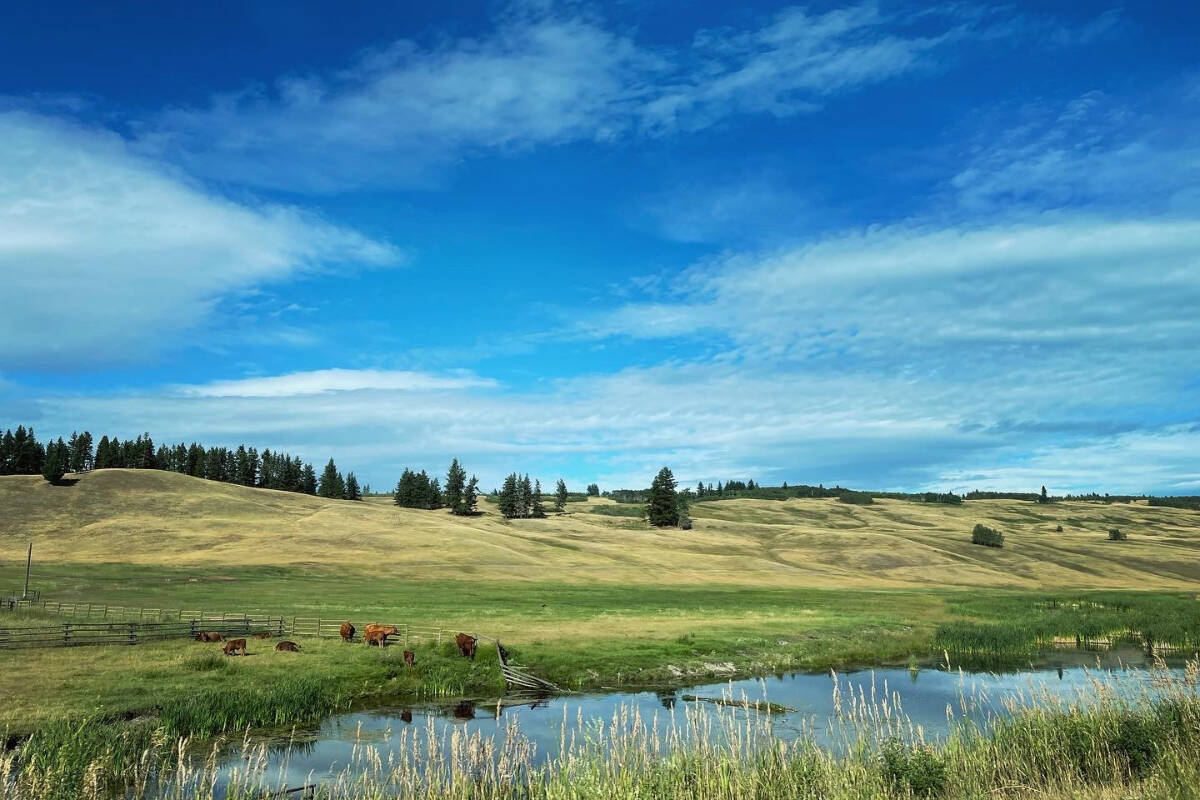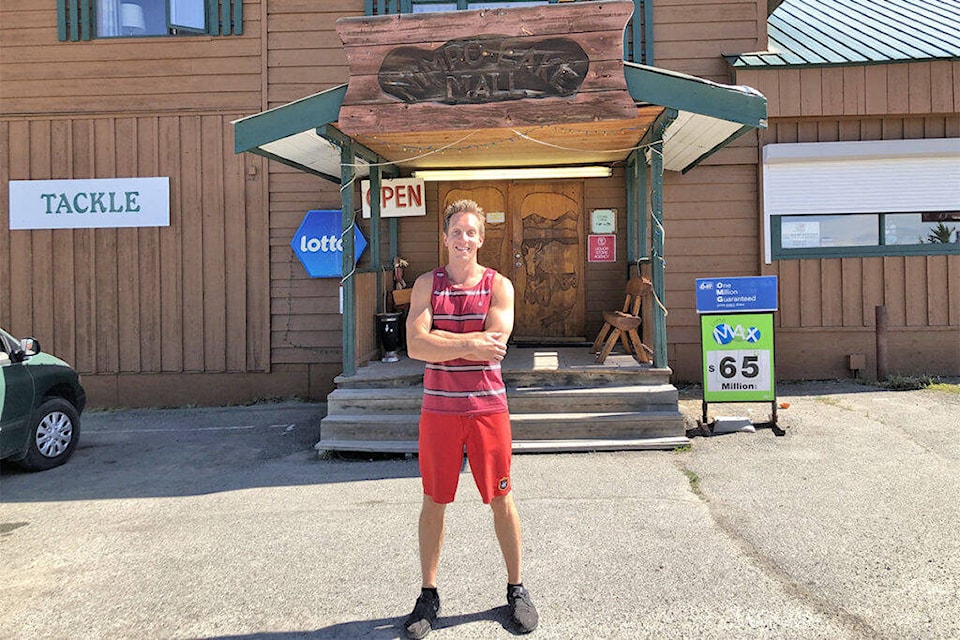The road connecting Williams Lake in British Columbia’s Central Interior to Bella Coola on the Central Coast is a 450-kilometre stretch of wilderness and even more wilderness.
Visitors and residents will agree that the peace and beauty of the area is enhanced by only the peace of mind that comes with access to a reliable network.
“There’s an expectation that people will go to a resort in the mountains or a trail ride or a fishing cabin on a lake, but still be able to access their email and their business,” says Cariboo Regional District (CRD) Director, and Chair of the Connectivity Committee, Maureen LeBourdais.
It’s why TELUS’ recent fibre-optic network upgrades are so welcome here. Funded by TELUS, B.C. and Canada, the upgrades have increased reliable connectivity throughout the region.
In Nimpo Lake, for instance, a tight-knit town of less than 100 year-round residents, Richard Simon is already seeing an uptick in tourism business “because people are connected.”
Simon, who moved to the area as a child in 1991, owns and operates the General Store and nearby Chilcotin’s Waterfront Motel and Resort. Running two thriving businesses and raising a family of his own, he says connectivity is more critical than ever – for everything from safety to business growth and promotion.

Like many here, a lack of reliable network access has been challenging. A 2021 report on connectivity in the CRD noted that more than 70 per cent of respondents believed their current internet service or lack thereof had negatively impacted their business.
“There were a lot of people who were apprehensive about coming to our area just because they weren’t sure if they could get a hold of anybody if there were problems,” notes Simon.
That’s changed now. In fact, LeBourdais points to a recent real estate boom as more people realize the potential of self-employment and telecommuting from home.
“We want to have a vibrant population,” she adds. “It keeps our schools open, our businesses thriving, and helps people realize that they can conduct their business or participate in their employment from these more rural communities.”
These days, Nimpo Lake is also attracting plenty of eco-tourists like hikers, cyclists, kayakers and other outdoor enthusiasts. As tourism grows, investments in rural connectivity become all the more important – both to local businesses and the families behind them and to the sustainability of the region and its renowned natural beauty.
“Our job in the tourism industry is connecting with people and making sure we help them responsibly experience everything the Cariboo Chilcotin Coast offers,” says Amy Thacker, CEO of the Cariboo Chilcotin Coast Tourism Association. “Expanded high-speed internet services help tourism operators connect with people from all over the world to educate them and welcome them respectfully to our land without limits.”
